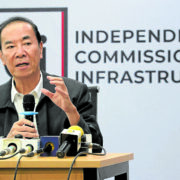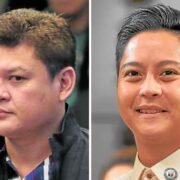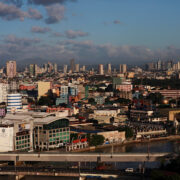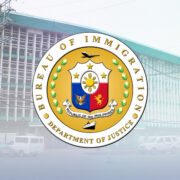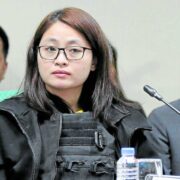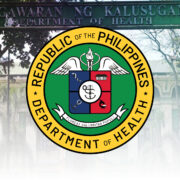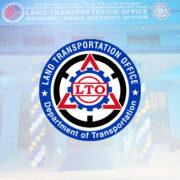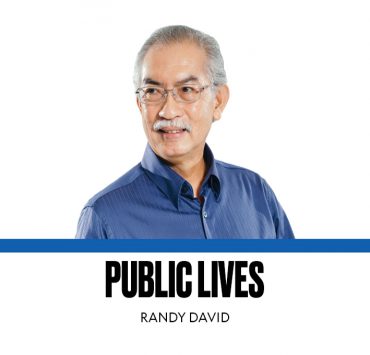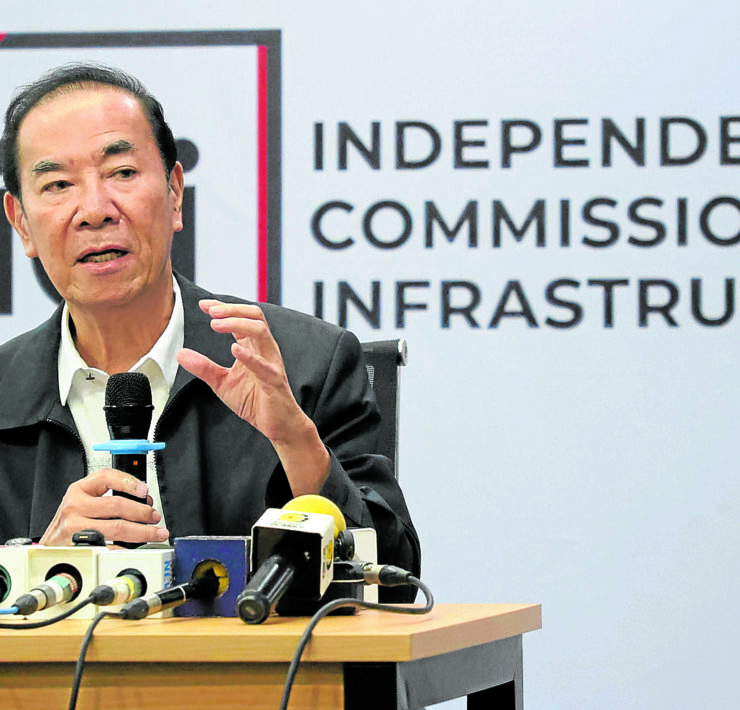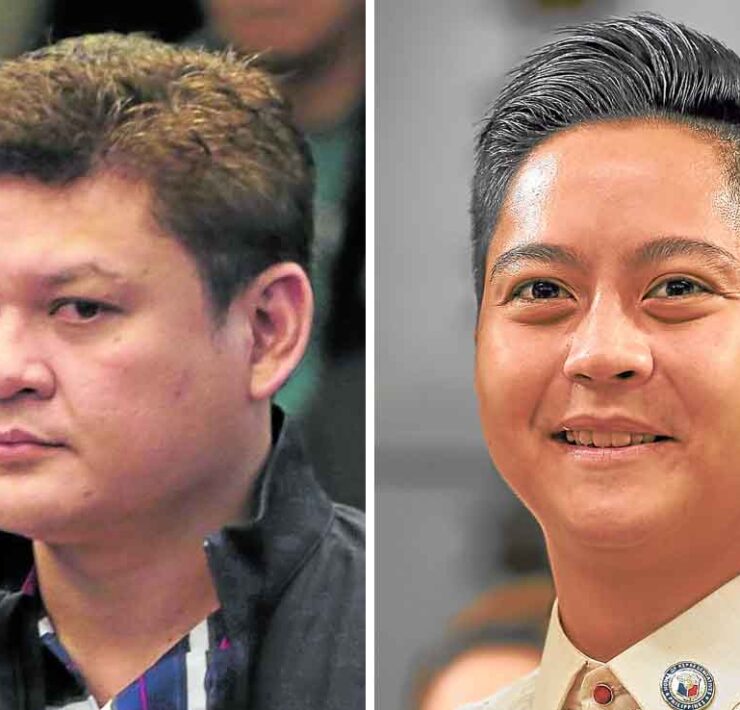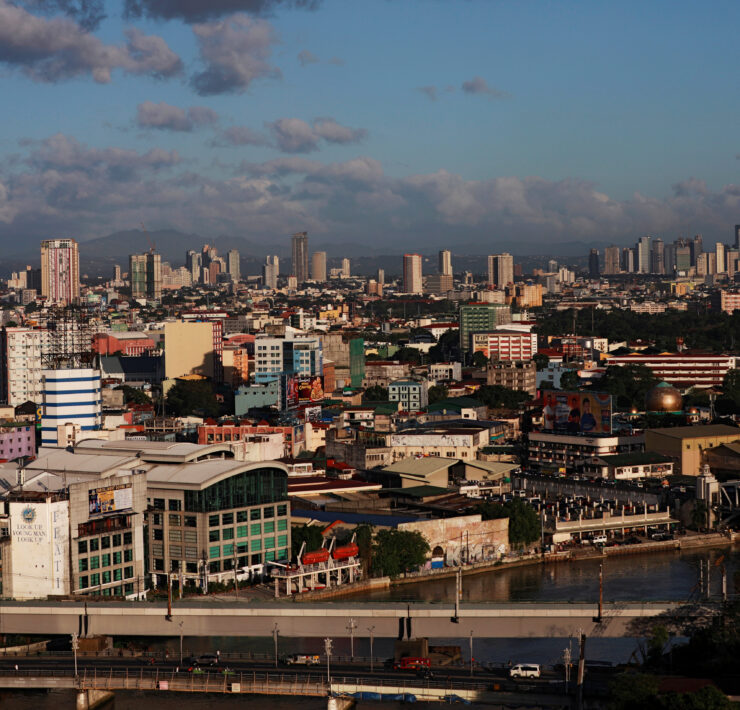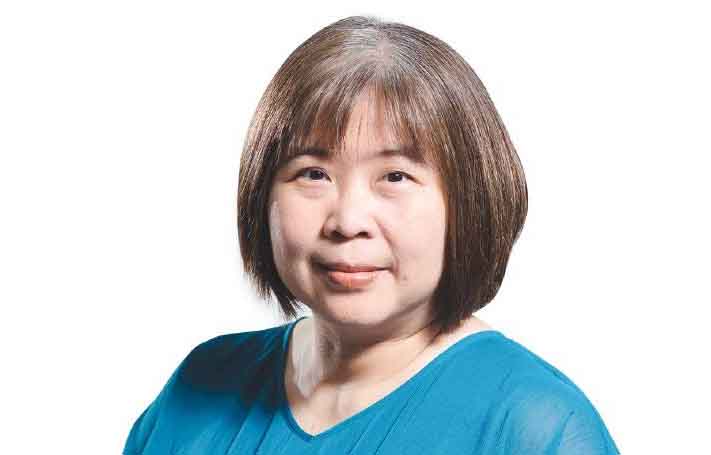Pope Leo XIV: Familiar friend, father to Filipinos
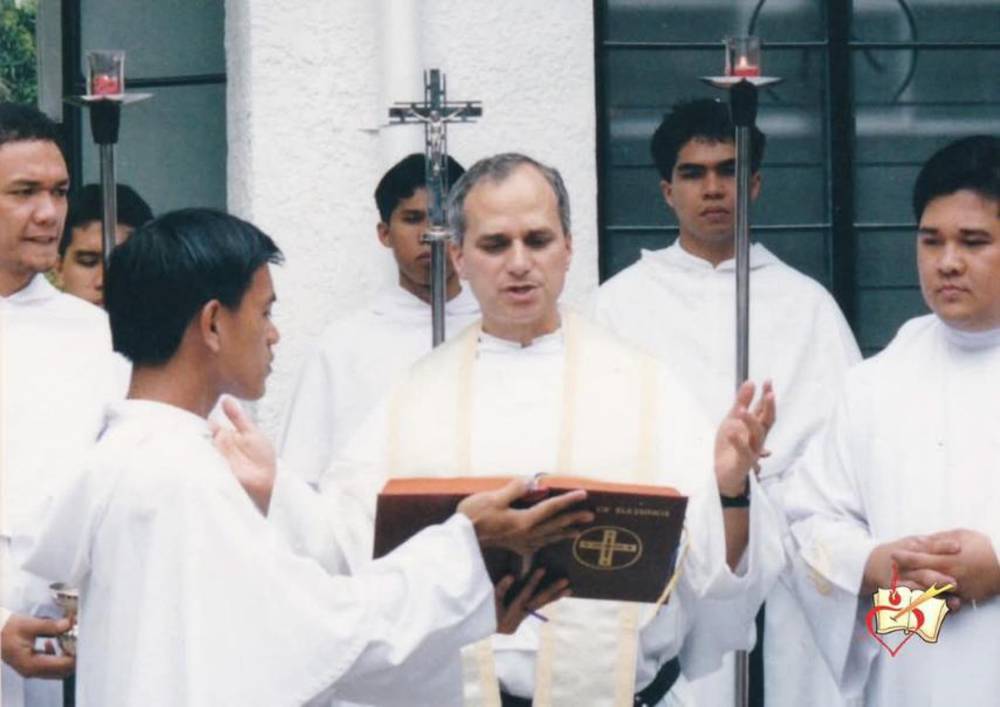
“Come and join the Augustinians! Be a friar, just like Pope Leo XIV.”
The invitation, posted recently on the Facebook page of the Augustinian Province of Santo Niño de Cebu-Philippines, captures the joy sweeping through the Philippine Church with the election of Robert Prevost, OSA, as Pope Leo XIV.
For Filipino Augustinians and countless faithful across the islands, the new Pope is not a distant figure from Rome but a familiar friend.
Long before ascending to the Chair of St. Peter, Cardinal Prevost had trod Philippine soil many times. As prior General of the Order of St. Augustine (OSA) from 2001 to 2013, he presided over provincial chapters, blessed friaries and chapels, and celebrated milestones with the faithful. In Cebu, the beating heart of Philippine Augustinian life, his presence was frequent and warmly remembered.
“We have a Pope who knows us,” said the Province of Santo Niño de Cebu. Indeed, Pope Leo XIV’s footprints are imprinted in places like Consolacion, Tolotolo, Talisay and the hallowed Basilica Minore del Santo Niño de Cebu.
‘In safe hands’
Fr. Harold Rentoria, OSA, former commissioner for cultural heritage at the National Commission for Culture and the Arts, recalls the man behind the papal white. “He was prayerful, humble, very approachable and simple in lifestyle,” Rentoria said. “He spoke with clarity and always reminded us of the importance of prayer, community life and collaboration.”
Rentoria expressed deep hope for the new papacy: “I am sure he will promote unity, peace, love, dialogue, collaboration and mission. He will continue synodality in the Church as a legacy of Pope Francis.”
The affection is echoed in Iloilo, where Fr. Jonas Mejares, vice president for Augustinian formation at the University of San Agustin, recalled Prevost’s 2010 visit to bless the Mohon Friary in Talisay.
“We are in safe hands,” Mejares said. “He has always had kind and generous words for Filipinos, especially here in Cebu.”
The Augustinian way
Prevost’s ties to the Philippines run deeper than mere visits. He belongs to the Augustinian order that first evangelized these islands in 1565, when Fray Andrés de Urdaneta and his brethren planted Christianity’s first seeds in the archipelago. From the grand baroque churches of Paoay and Miag-ao and elsewhere, to the bustling devotion to the Santo Niño, the Augustinians shaped not just the faith but also the cultural identity of the nation that would become Asia’s foremost Christian stronghold.
Born in Chicago but a missionary at heart, Leo XIV’s pastoral journey took him through Peru, where he served as bishop of Chiclayo and even acquired Peruvian citizenship. His experience across the Americas, Africa and Asia positions him, like his predecessor Francis, as a pope attentive to the “peripheries”—those on the margins of society and faith.
Yet, while Leo XIV is expected to continue Pope Francis’ emphasis on outreach, he also signals a retrieval of tradition. His choice to appear on the loggia of St. Peter’s Basilica in the red mozzetta and rochet—vestments that hark back to earlier papal dignities—hints at his intent to balance pastoral reform with doctrinal orthodoxy.
“It’s the Augustinian way,” Rentoria explained. “Living in community, rooted in tradition, yet always reaching outward in mission.”
The Rule of St. Augustine, which binds his order, finds echoes in Leo XIV’s blend of theological clarity and missionary zeal. Educated at Rome’s Angelicum, steeped in both Dominican and Augustinian traditions, the new Pope stands poised to navigate the modern Church’s tensions between innovation and fidelity.
Shepherd and brother
Beyond the Augustinians, other Filipino Church leaders have greeted his election with joy and hope.
Archbishop Ricardo Baccay of Tuguegarao and Bishop Bartolome Santos Jr. of Tandag, Surigao del Sur, joined the national bishops’ conference in offering prayers for Leo XIV, remembering his past Philippine visits where he presided over Masses, including one at San Agustin Church in Intramuros during the congregation’s General Chapter in 2010.
Today, according to the Philippine Catholic Directory, the Augustinian Province of Santo Niño de Cebu numbers 128 friars across 13 communities, along with aspirants and theology students discerning their vocation.
The number does not include Philippine Augustinians from the Vicariate of the Orient from the old Spanish province of the Most Holy Name of Jesus, to which the San Agustin Church in Manila and Collegio de San Agustin in Makati belong,
As the Philippine Church rejoices, it finds in Pope Leo XIV not just the new Bishop of Rome but a Holy Father who knows its soul—the sacred walls of Intramuros, the towers of Cebu, and the whispered prayers before the Santo Niño. In him, Filipinos see both a shepherd and a brother who already calls these islands home.




